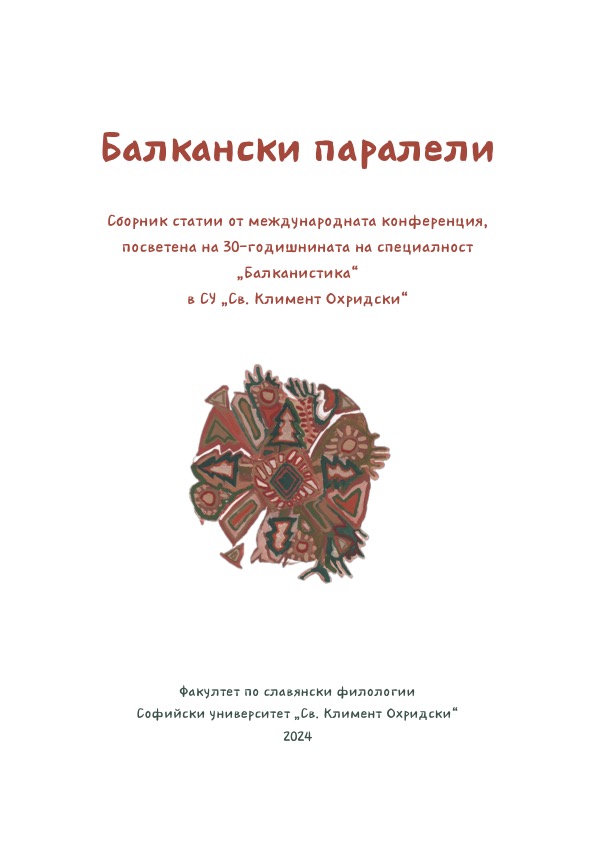Grammatical features of the nouns in plural in Russian in contrast with Albanian
Grammatical features of the nouns in plural in Russian in contrast with Albanian
Author(s): Eda Shehu
Subject(s): Language and Literature Studies
Published by: Факултет по славянски филологии, Софийски университет »Св. Кл. Охридски«
Keywords: morphology
Summary/Abstract: This paper examines the grammatical features of pluralization in Russian and Albanian, focusing on the category of number as it pertains to nouns. In Russian, pluralization is influenced by the noun's ending, leading to significant variability. For example, nouns like стол (table) can change to столы́ (tables), illustrating this complexity. In contrast, Albanian pluralization typically adheres to more predictable patterns, as it seen with: tavolinë - tavolina-t / стол - столы́ (table - tables). Furthermore, the shifting of stress in Russian can clearly alter the meaning and grammatical forms of nouns, such as the dual meanings in: зáмок - зáмки / kështjellë - kështjellat (castle - castles) and замóк - замкú / kyç - kyçe ( lock - locks) depending on stress placement. In Russian, stress tends to be more consistent across various semantico-grammatical forms, exemplified by the forms: нéбо - небесá / qiell - qiejtë (sky - skies). This comparative analysis also addresses collective nouns and their expressions in both languages, such as духú (plural) / parfum (singular) (perfume), which demonstrates differing pluralization processes. By exploring these grammatical features, the study provides insights into the unique semantico-grammatical structures and complexities of forms in Russian and Albanian. Ultimately, this analysis highlights important differences and offers a foundation for effective language teaching strategies for both languages.
Book: Балкански паралели
- Page Range: 180-189
- Page Count: 10
- Publication Year: 2024
- Language: English
- Content File-PDF

